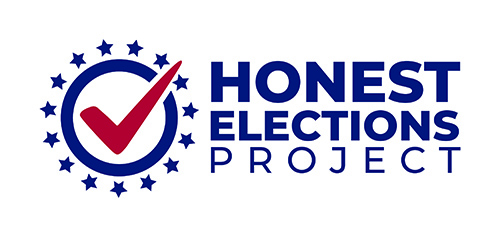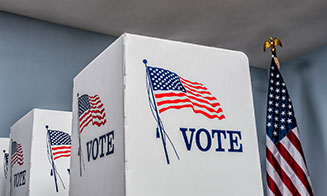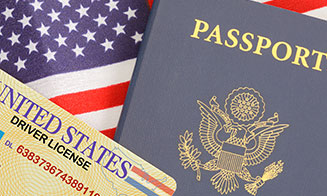States need to clean up, not mess up, their voter rolls.
In 2018, California began implementing a new “motor voter” law intended to automatically register to vote any state resident who visited the Department of Motor Vehicles. The process was executed with the level of competence many have come to expect from the DMV: 23,000 voter registrations were botched, tens of thousands of people were double-registered, and 1,500 people—including non-citizens—were improperly added to the rolls. Perhaps worse, California officials only became aware of these unauthorized registrations when one Canadian citizen reported his improper registration to officials.
California is not alone. Illinois recently disclosed that a “programming error” caused its own automatic voter registration system to improperly register hundreds of non-citizens when they applied for drivers’ licenses. So far, the state has confirmed that 12 of them actually voted in 2018, including in tight races like the one for Macon County Sheriff, which was decided by a single vote.
Automatic voter registration appeals to many eager for higher voter turnout and participation, but these examples shows that it comes with the real risk of introducing widespread inaccuracies in state voter rolls—especially, if voter list maintenance and other safeguards are not properly prioritized. These inaccuracies make it even more difficult for elections officials to screen out ineligible voters or detect duplicate voters, leaving elections unnecessarily exposed to fraud and complicating the job of poll workers and elections officials.
READ MORE—



